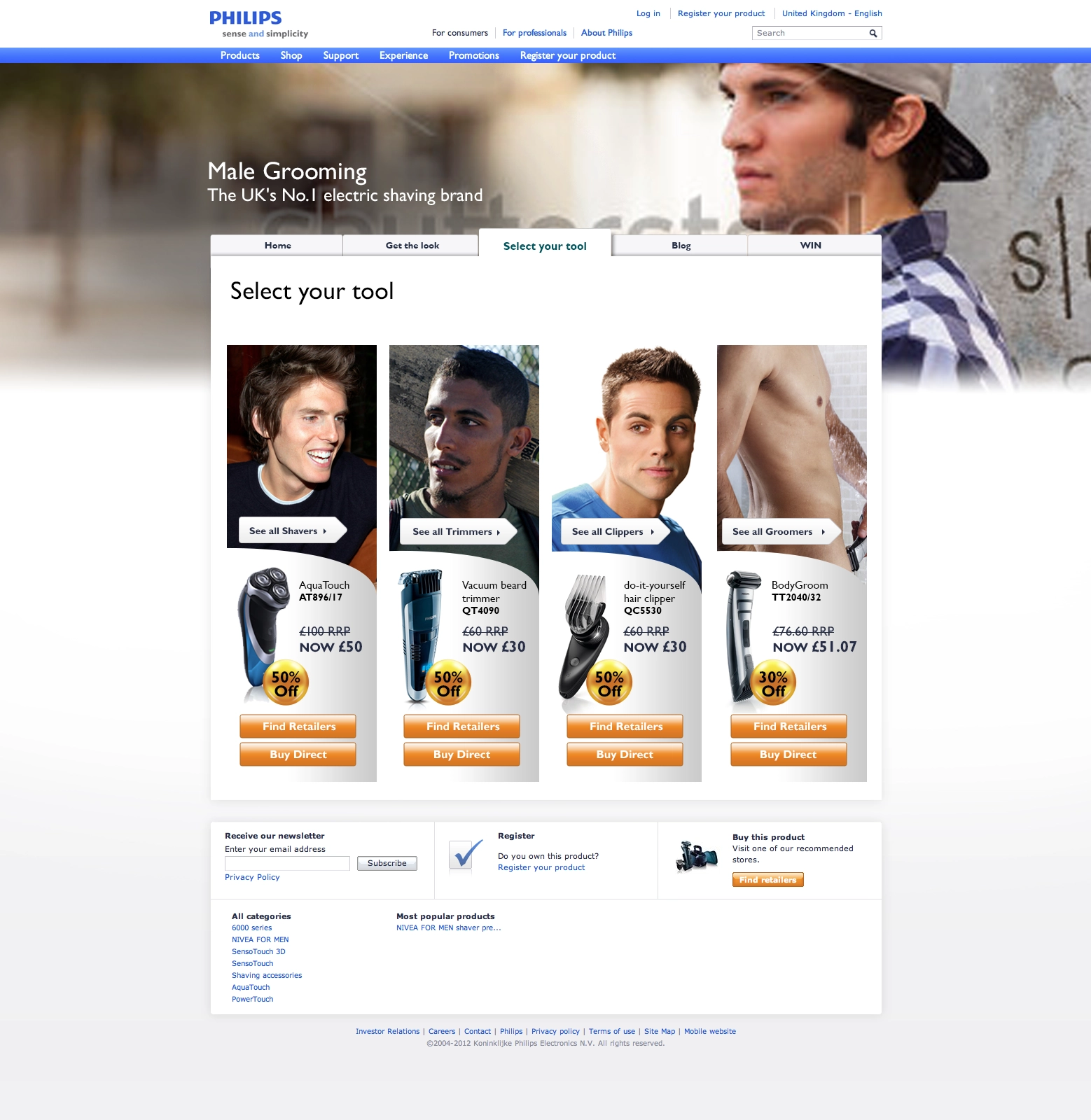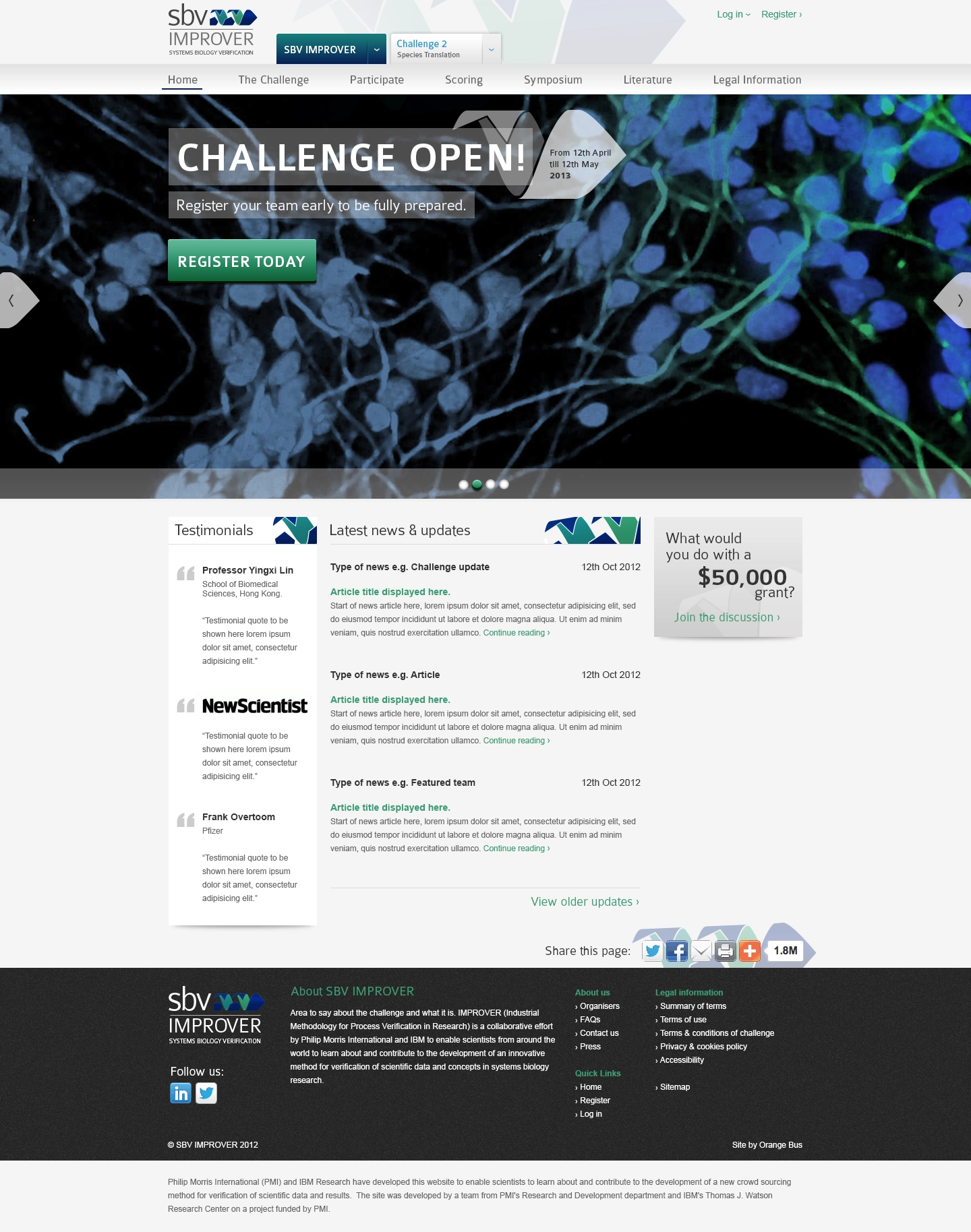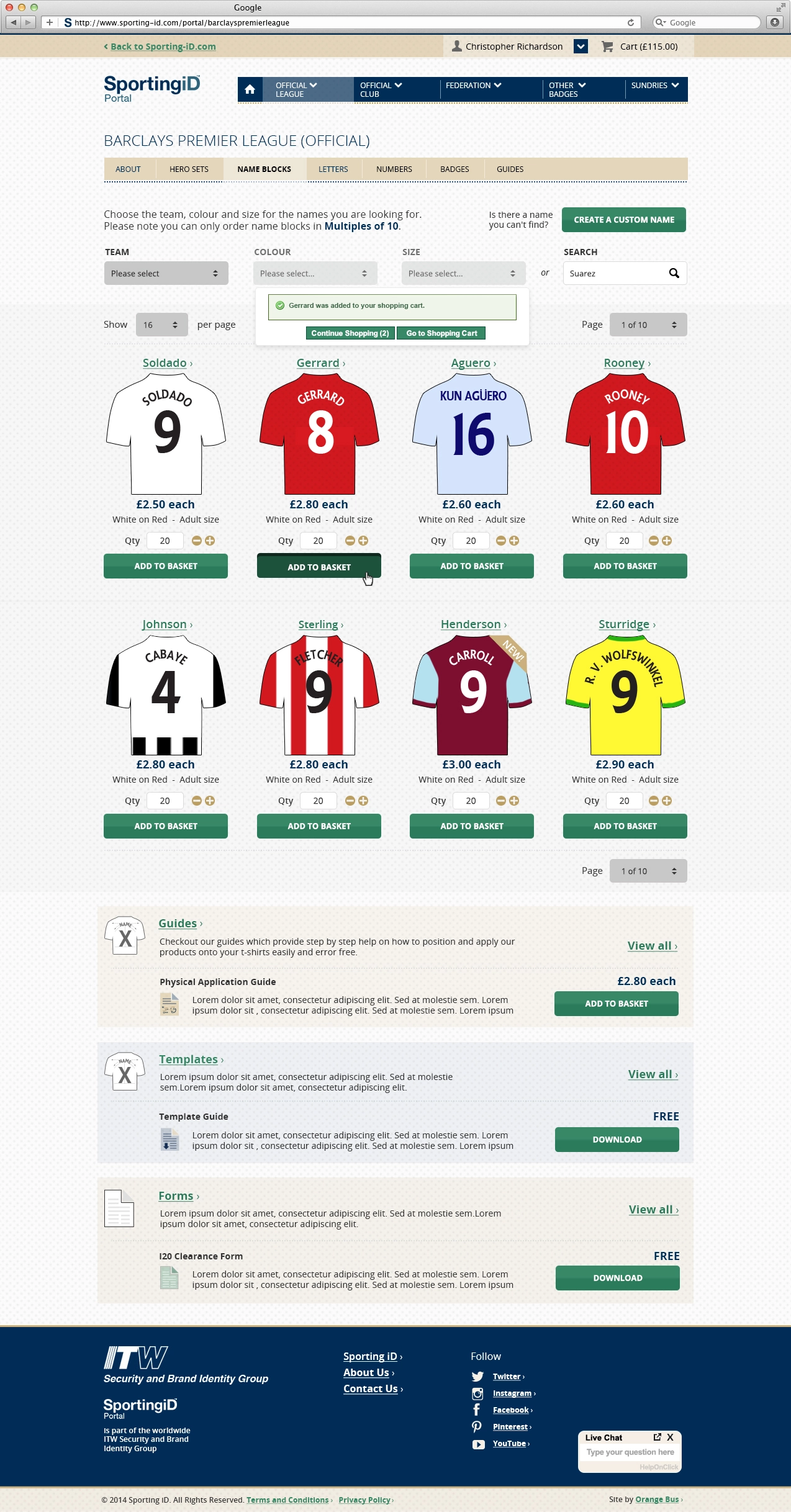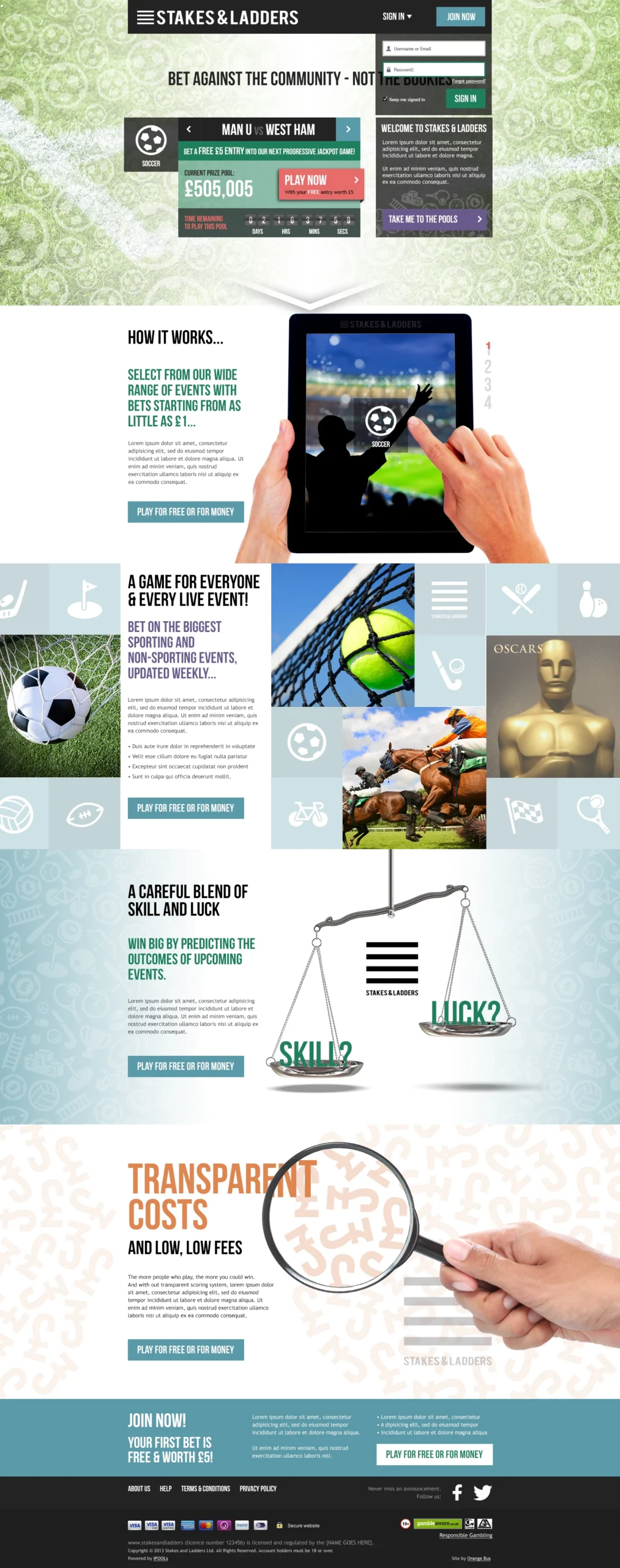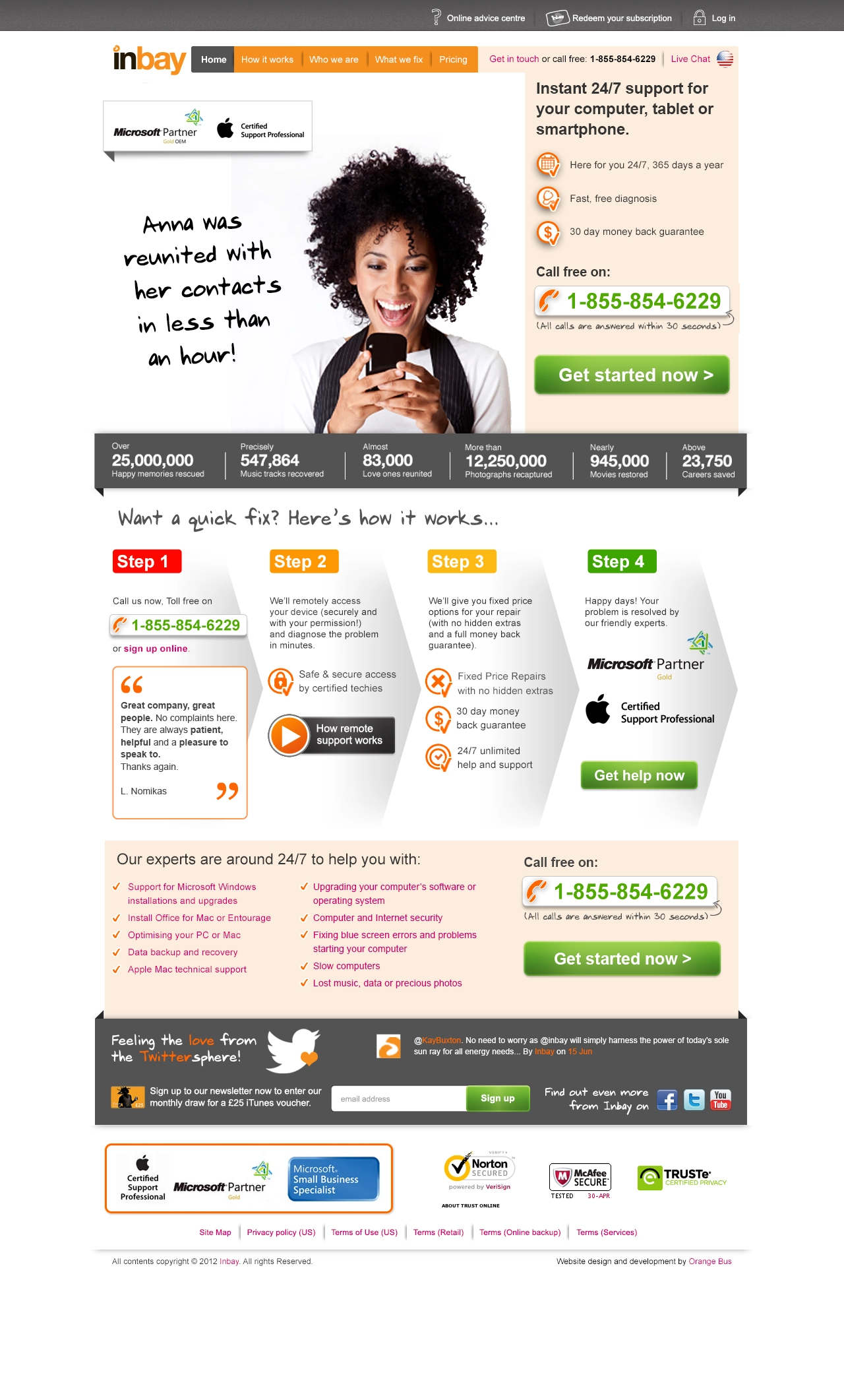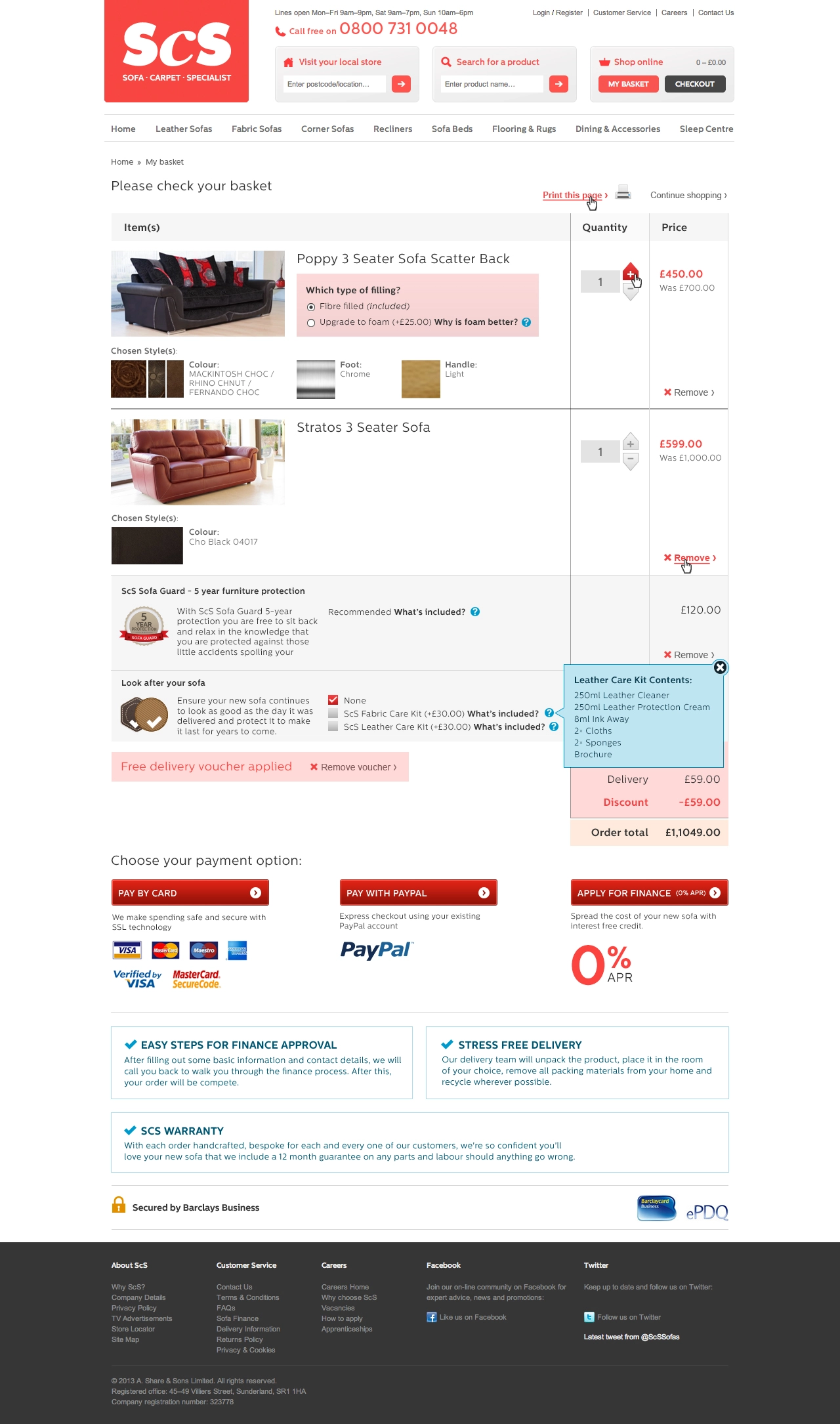Web Design
The web design process is as follows:
Planning
This involves defining the website’s goals, target audience, and key features. You also need to create a site map and wireframes to help you visualize the site’s structure and layout.
Design
In this stage, you create the visual design of the website, including the colour scheme, typography, and overall look and feel. You also create mock-ups or prototypes of the site to test the design.
Content Creation
You develop the content for the website, including text, images, and multimedia. This stage involves creating and organizing content that is engaging, informative, and optimized for search engines.
Development
In this stage, you turn the design into a functional website by writing code and integrating various elements such as databases, forms, and plugins. You also ensure that the site is responsive and compatible with different devices and browsers.
Testing and Quality Assurance
This involves testing the website for functionality, usability, and performance. You also check for bugs and fix any issues that may arise.
Launch
Once the website has been thoroughly tested and approved, you launch it by uploading it to a web server and making it available to the public.
Maintenance
This involves ongoing updates and maintenance to ensure that the website continues to function properly and remain up-to-date with current trends and technologies.




